Heraklion

If you look at the map of Crete, from left to right, the third unit at the center is the regional unit of Heraklion.
Heraklion is the most populous area in Crete with 305.000 permanent residents. This number increases radically during the summer, due to foreign tourists and Greeks choosing it as their summer destination.
The history
There are accounts that the ancient town that served as the port of Knossos, was once located very close to the port that the city has today. Yet, there is no proof of the existence of Heraklion in antiquity. It is, however, believed, that the area of modern-day Heraklion has been constantly inhabited.
In the Byzantine years, a large part of the population moved to the countryside, leaving the coastal areas because of Arab attacks. As is the case with the rest of Crete, Heraklion changed many hands in the years that came; Arabs, Byzantines, Genoeses, Venetians. It always remained an important city as well as the administrative centre of the region for a long period.
Merchandise activities and the Venetians drove the city into success and the population grew along with this area.
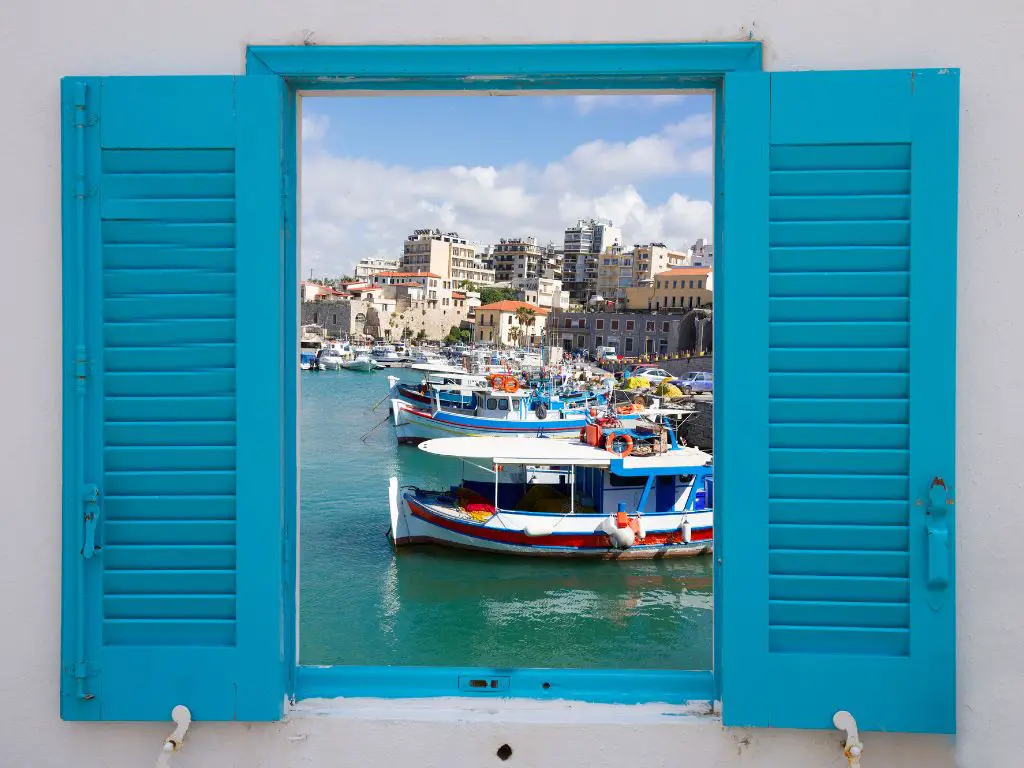

The Ottoman era
In 1669, Heraklion feel into the hands of the Ottoman empire.
The city suffered severe damages and most people, including the Venetians, fled the area, giving the victorious Turks nothing more than a ghost city. Later, the face of the city was altered once again, while Muslim elements, such as mosques and hammams filled the city.
The town of Heraklion remained the Cretan capital until the middle of the 19th century when it was transferred to Chania. The name was also changed multiple times during that period. Sometimes, more than one name was used simultaneously. The most well-known names of the time are: Heraklion, Heraklia, Kastro (castle) and Chandax.
Unification with Greece
When Crete became an autonomous island new infrastructure plans and urban developments were undertaken.
The developments modified the image of the city, giving it a more contemporary atmosphere. Along with the modernization of Heraklion as a city, came the modernization of the society. The distance between the island and the Ottoman world became larger as Crete started coming closer and closer to Greece.
The unification of Crete with Greece became official in 1913. Following the Asia Minor disaster, the population on the island changed significantly. Muslim Cretans left the town and thousands of Greeks relocated from the Turkish coastal areas. After the Battle of Crete during World War II, the island fell to the Nazis, until it was finally liberated in 1945.

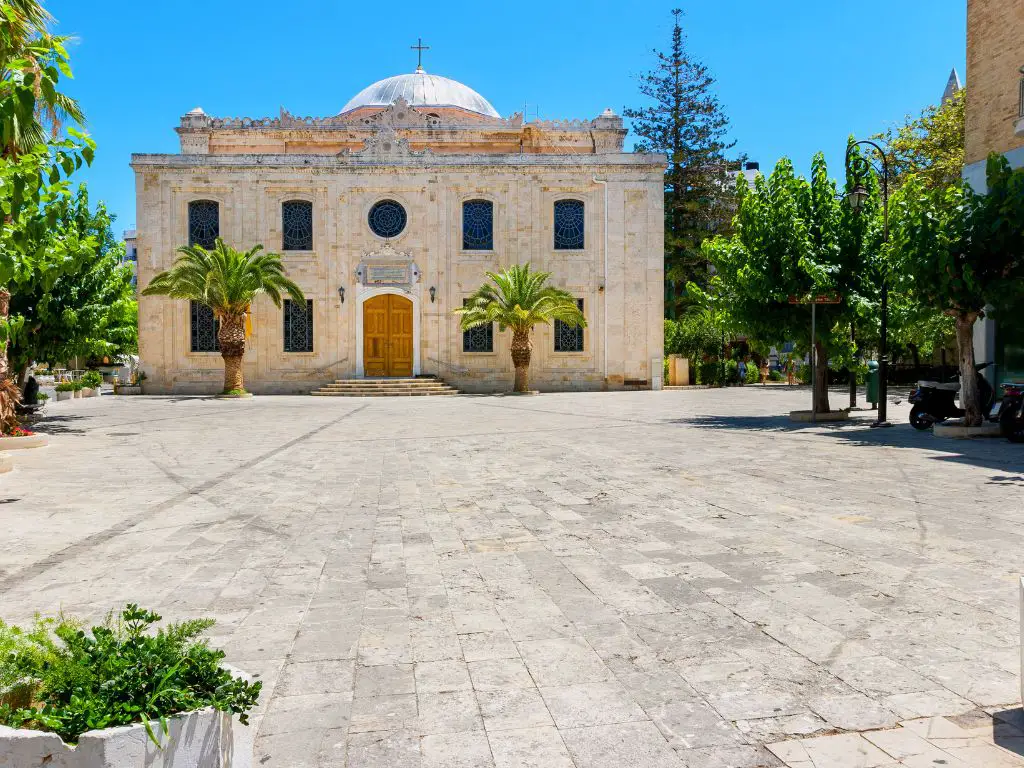
Church of Agios Titos
Constructed during the Byzantine period, it was originally an Orthodox church.
After the city passed to the Venetians and the Ottomans, it was used as a Catholic Church and a mosque respectively. After suffering major damages for the years (including earthquakes and fires), the church now stands repaired.
For those interested in visiting more places of religious significance, the Cathedral of Saint Minas stands next to the older smaller one which was initially constructed between 1862-1895. It is one of the most imposing temples in the country and serves as the seat of the Archbishop of Crete.
El Greco
Dominikos Theotokopoulos was an architect, a sculptor, and a painter of the Renaissance.
Born in Heraklion under Venetian rule, in a village called Fodele, the young El Greco left Crete for Venice and then Rome. He finally settled in Toledo, where he remained until his final days and where he produced some of his most important work.
Nowadays, the Domenikos Theotokopoulos Museum can be found in Fodele, which exhibits copies of his work along with informative documents about the area that he was born in and the legacy he left behind with his paintings.
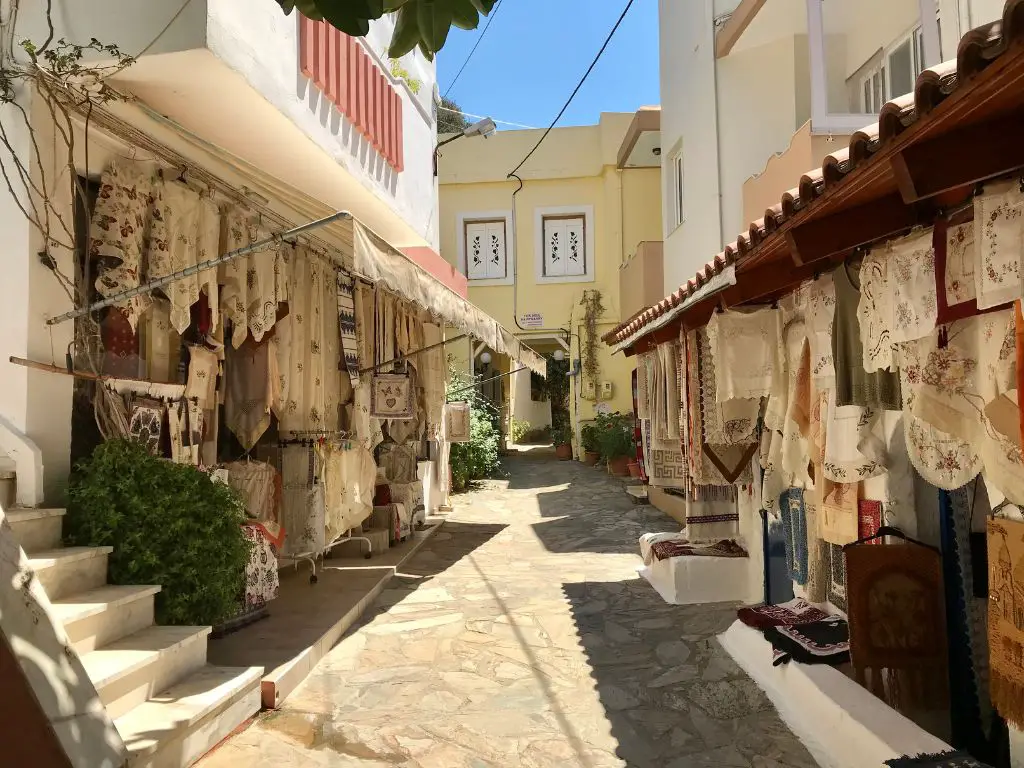

Knossos Palace
Knossos and the Minoan civilization are renowned across the world. It has been referred to as the oldest European civilization as well as the oldest European city. Only a 5km distance away from Heraklion, the largest Bronze Age site is a must-see that visitors travel from all around the world to experience.
People started settling here in the Neolithic period and it was inhabited until some point between 1400 and 1100 BC. At its peak, the city housed 100,000 people.
Beaches near Heraklion
The village of Matala is located on the south of Crete, 75km away from Heraklion. It used to be called the port of Phaistos during the Minoan years. In mythology, Zeus brought princess Europa on the beach to seduce her. Matala has a sandy beach with artificial caves that were made at some point in antiquity.
In the 60s and 70s, people came from all over the world to visit this hippie paradise. Today the hippie vibe reappears during the Matala Beach festival, that is organized every year on the beach. Local and foreign musicians bring an international crowd of people eager to spend a few days on the sandy beach away from city life and worries.
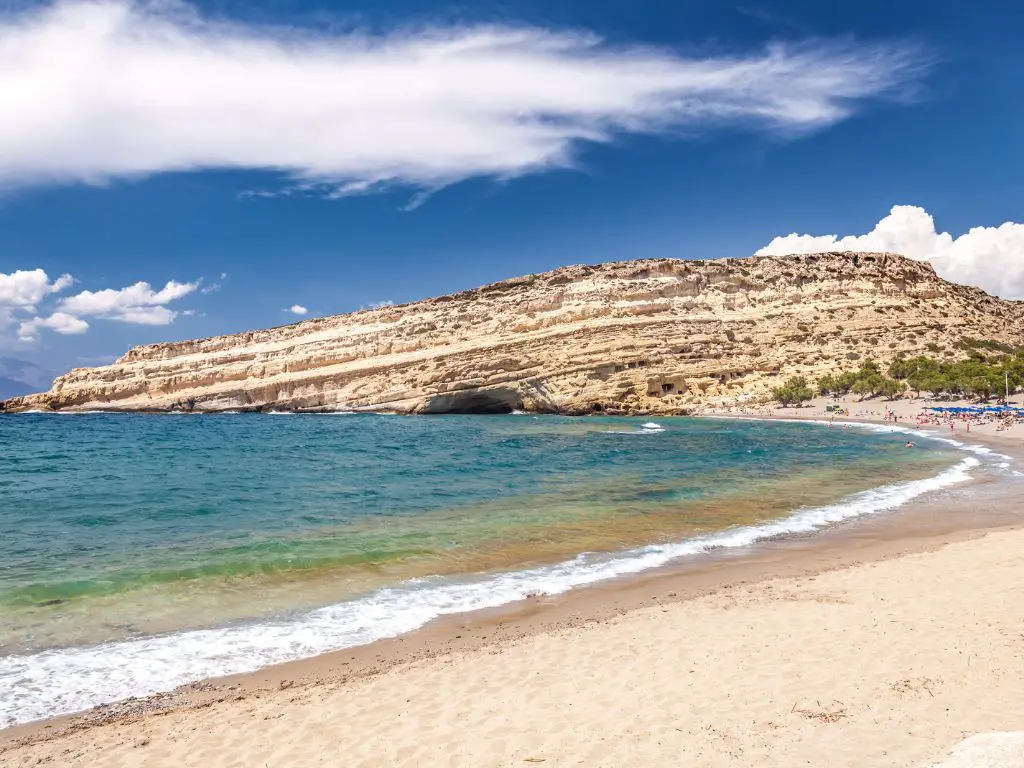

Local economy
Today, the occupation of the residents is tourism, followed by agriculture and commerce.
In fact, tourism in the region has been blossoming steadily in the last ten years. In 2017, Heraklion was named Europe’s fastest growing tourism destination. The percentage of those who visited the city was increased by 11%. According to the same study for the year 2017, the whole area was ranked as the 20th most visited region in Europe, the 66th most visited on the planet, and the 2nd most visited in Greece, after the capital Athens.
More than 3.2 million people decided to visit that part of Crete, in 2017 alone.
How to get to Heraklion?
Heraklion is an easy and convenient location for international visitors. The city’s international airport, Nikos Kazantzakis, is located only 5km east of the city. Flights arrive from all over Greece and dozen of European destinations. Currently, the airport of Heraklion is the 2nd busiest in the country.
An alternative to flying is, of course, taking the ferry! The port of Heraklion welcomes numerous ferries from Piraeus and other Cycladic islands.

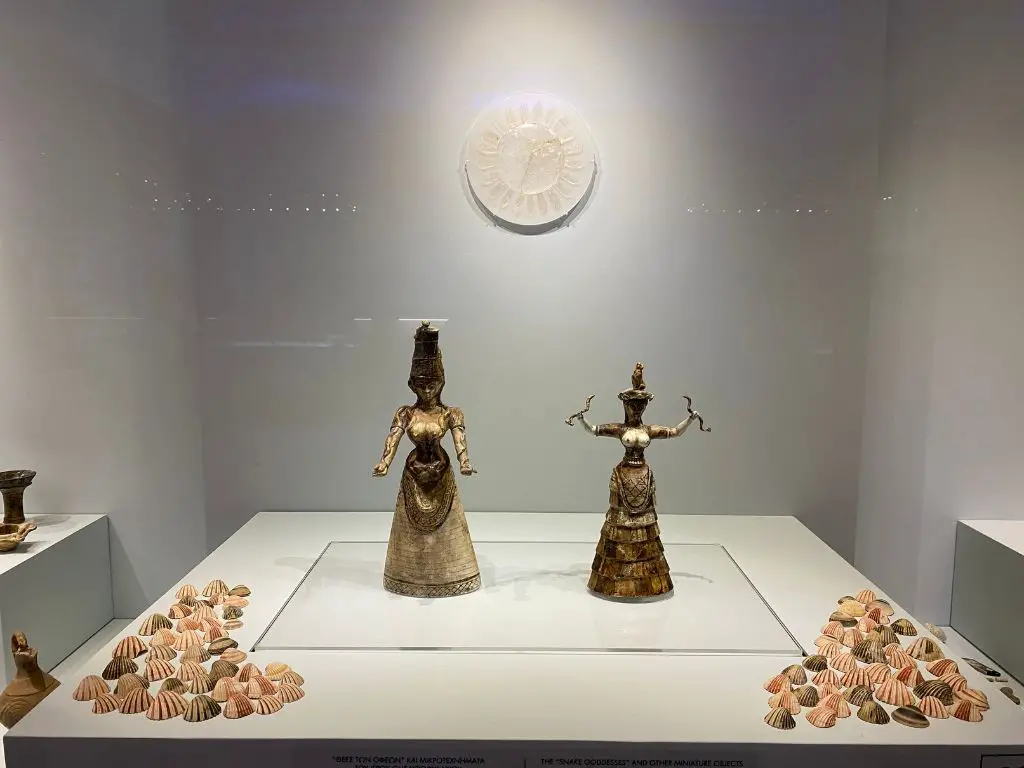
Museums and Attractions
As the capital of Crete, Heraklion has some very interesting museums to visit.
The Archaeological Museum is where visitors can become acquainted with the Minoan civilization. Here, you can admire articles that date back to the Neolithic period and every part of the prehistoric era of Crete.
Nikos Kazantzakis
The region of Heraklion is also the proud birthplace of Nikos Kazatzakis.
One of the best writers of Greek modern literature, Kazantzakis was nominated for the Nobel literature prize on 9 different years. His work includes Zorba the Greek, Captain Michalis, and Christ Recrucified. He is buried on the wall of the city of Heraklion and his graveyard reads: “I hope for nothing. I fear nothing. I am free”.
The museum is located in Myrties, a village only 2km away from the city to the south.

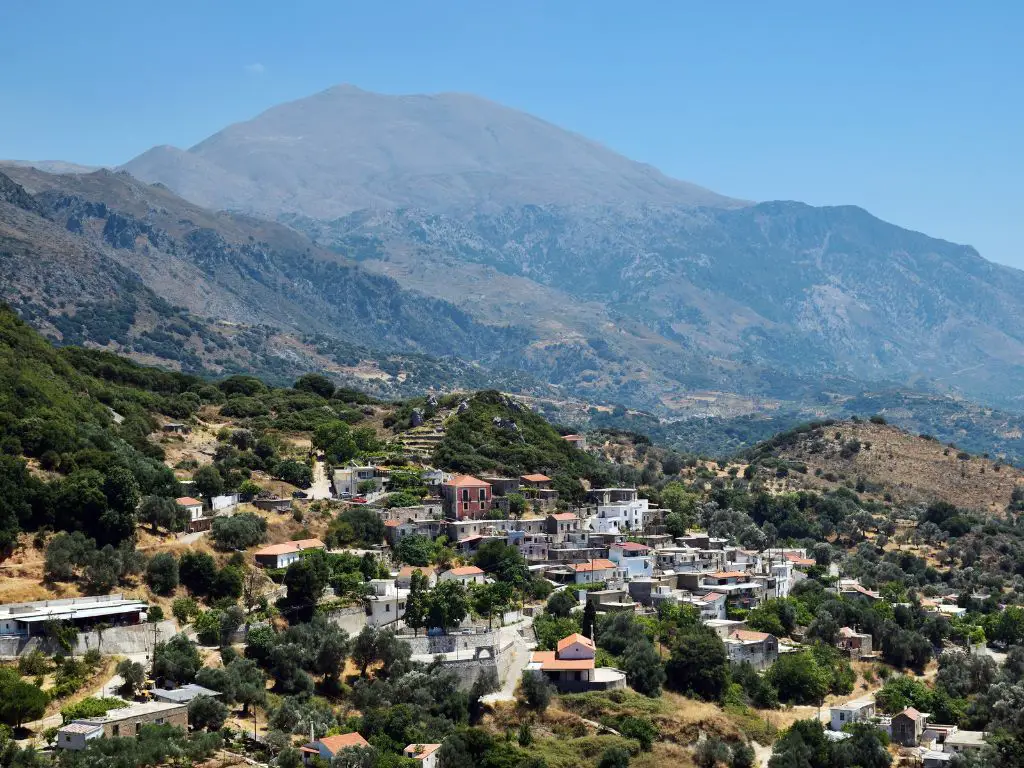
Psiloritis Mountain
The mountain range of Ida is located in the centre of the island and covers a huge part of the Heraklion and Rethimno prefectures. It has many impressive peaks some of which are: Voulomenou, Stolistra, and Holy Cross. In addition, it offers visitors plenty of admirable landscapes, such as gorges (Rouvas gorge), caves (Melidoni cave), oak and pine woods, plateaus (Nida plateau) and picturesque villages.
Malia
A really touristy village, 35km away to the west of Heraklion is Malia.
The main beach is sandy with turquoise waters that can get really crowded during the summer. The solution to this is Potamos beach, only a short distance to the east of the port of Malia and less visited by the summer crowds.
There are, of course, countless other beautiful beaches to choose from along the coast. Cape Sarandaris is a popular choice, with calm and shallow waters, ideal for young children. Next to Sarandaris is a naturist beach perfect for those seeking a bit of privacy. Last but not least, Sarandari beach, which is just after the naturist beach and the most well known in the area.
If you are after more options, Giofyri beach offers a combination of sand and rocks, with deeper, colder waters. The coastal road along the beach of Giofyri has many small coves and beaches with amazing colors that are worth exploring and don’t often attract many people.




